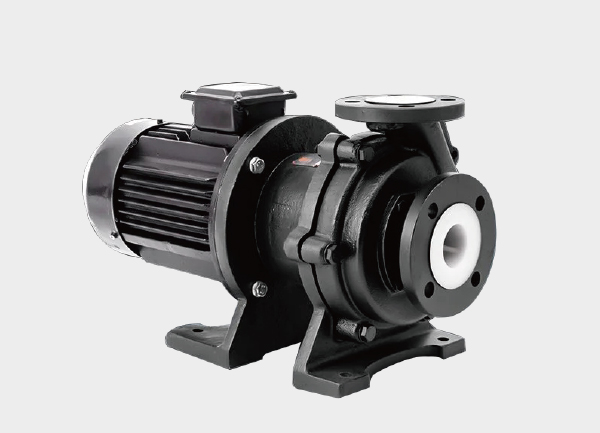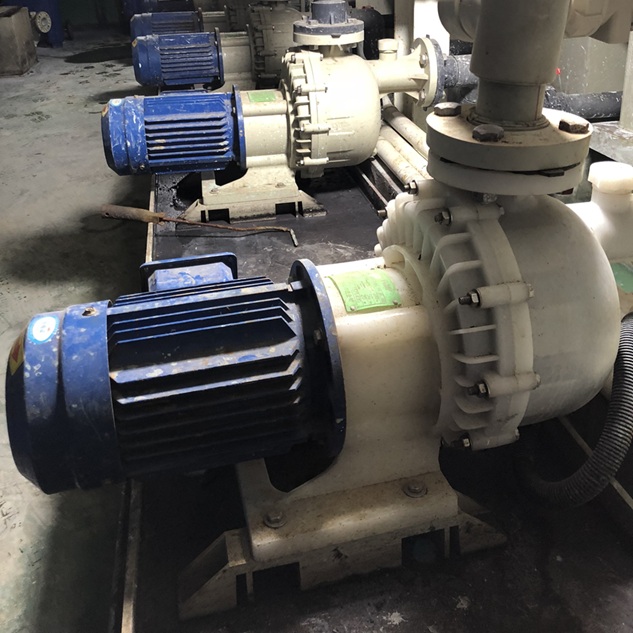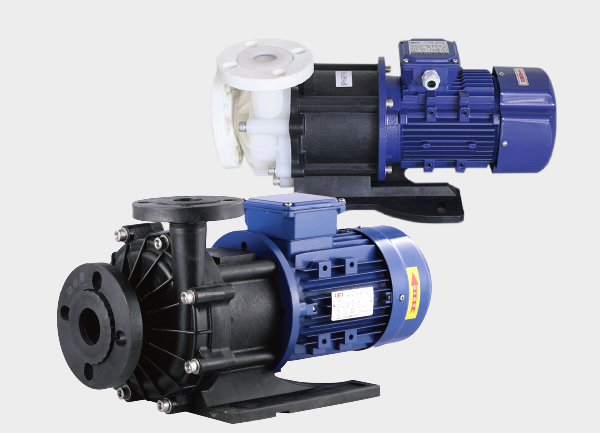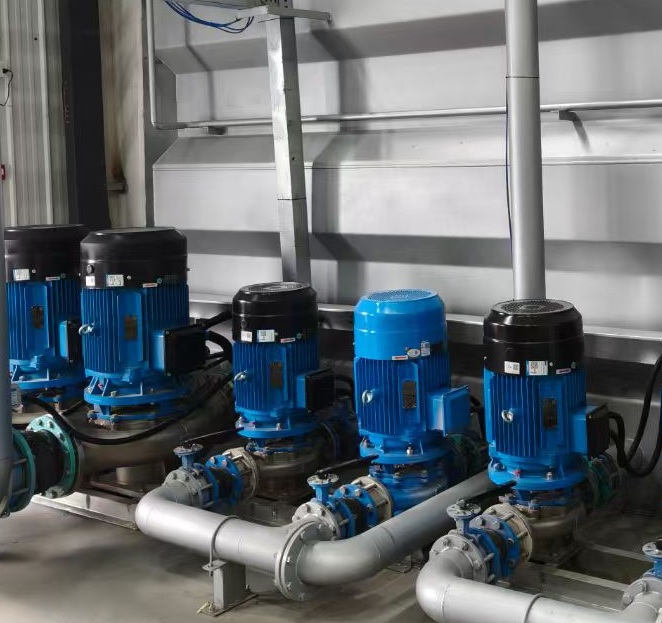In chemical plants, electroplating lines, or laboratories, transferring corrosive liquids is a high-risk task. The “running, emitting, dripping, and leaking” at the shaft seal of traditional pumps is not only a source of environmental pollution but also a hidden safety hazard. However, the advent of acid-alkali resistant magnetic drive pumps, with their core feature of “Zero Leakage,” has completely rewritten this scenario. The secret behind this lies entirely in their revolutionary magnetic coupling drive technology.

Breaking the Century-Old Structure: From “Hard Connection” to “Soft Connection”
Traditional pumps rely on a pump shaft that passes through the pump casing, using mechanical seals to prevent fluid leakage. This is like a rotating screwdriver passing through a water-filled box; no matter how tight the seal is, long-term wear and the attack by corrosive media will eventually lead to leakage. This is a dynamic sealing point, an inherent weak link.
The magnetic pump, however, makes a fundamental change: it eliminates this penetrating shaft. The entire system is divided into inner and outer parts—the motor rotates via the outer magnet assembly, generating a powerful rotating magnetic field. This field penetrates the containment shell, made of special non-magnetic material (such as high-purity alumina ceramic), without any physical obstruction, driving the inner magnet assembly and the impeller inside the pump chamber to rotate synchronously.
It is this thin “containment shell” that creates an absolute static seal. It completely isolates the drive motor from the pump chamber handling the medium, forming an invisible, never-wearing barrier. The corrosive liquid is utterly confined within the pump chamber, losing any physical path to leak outward.
The Revolutionary Value of “Zero Leakage”
A Revolution in Safety Standards: For strong acids, alkalis, highly toxic, or flammable and explosive media, even a minor leak can trigger a disaster. The “zero leakage” characteristic of magnetic pumps makes them a crucial link in intrinsic safety for the process industry, safeguarding operators and the production environment.
A Win-Win for Environmental Protection and Cost: It completely eliminates material loss and environmental pollution caused by leakage, helping companies achieve cleaner production while saving the high costs associated with handling leaks and maintaining seals.
Liberation from Maintenance: There is no longer a need to frequently replace and maintain expensive mechanical seals, significantly reducing maintenance workload and long-term operating costs, achieving a “install and forget” stable operation.
Not Omnipotent: The Boundaries of the Technology
Of course, this technology has its limits. Magnetic pumps are more sensitive to operating conditions; they must strictly prohibit dry running and operation without fluid, otherwise the containment shell can quickly fail due to eddy current heat. Simultaneously, they are not suitable for media containing a large amount of ferromagnetic impurities, as these particles can adsorb onto the magnets and interfere with operation.
Conclusion
The “Zero Leakage” of acid-alkali resistant magnetic drive pumps is not a marketing slogan but a technological revolution stemming from fundamental structural innovation. It replaces the tangible shaft with intangible magnetic lines of force and resolves the risk of dynamic leakage with absolute static sealing. In the industrial world pursuing efficiency, safety, and sustainable development, it acts like a silent guardian, building a vital safety line for the process industry in its unique way.







